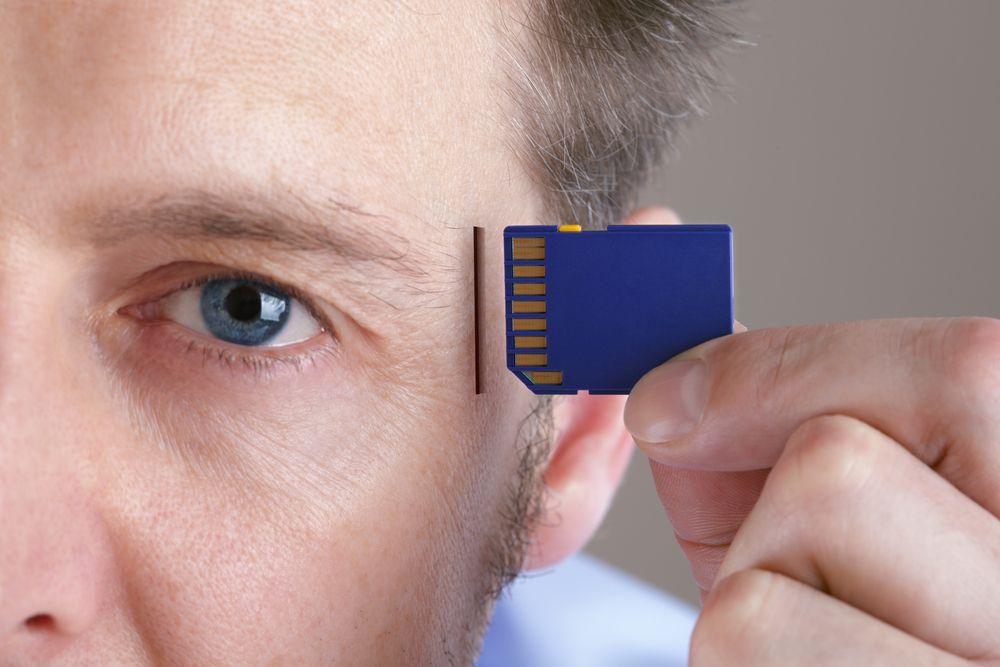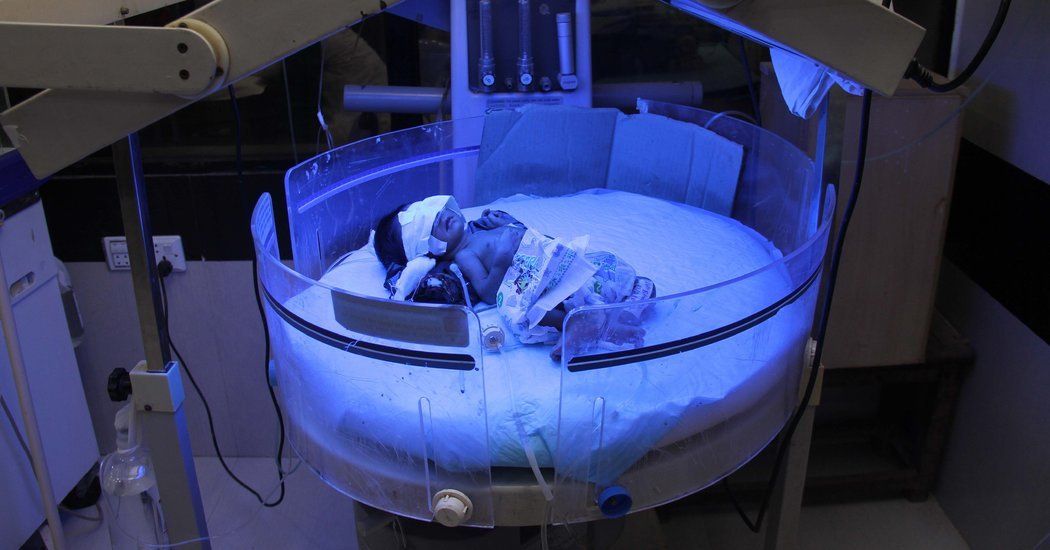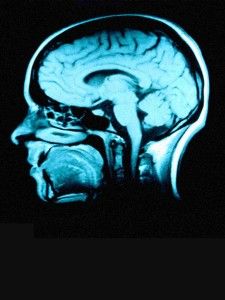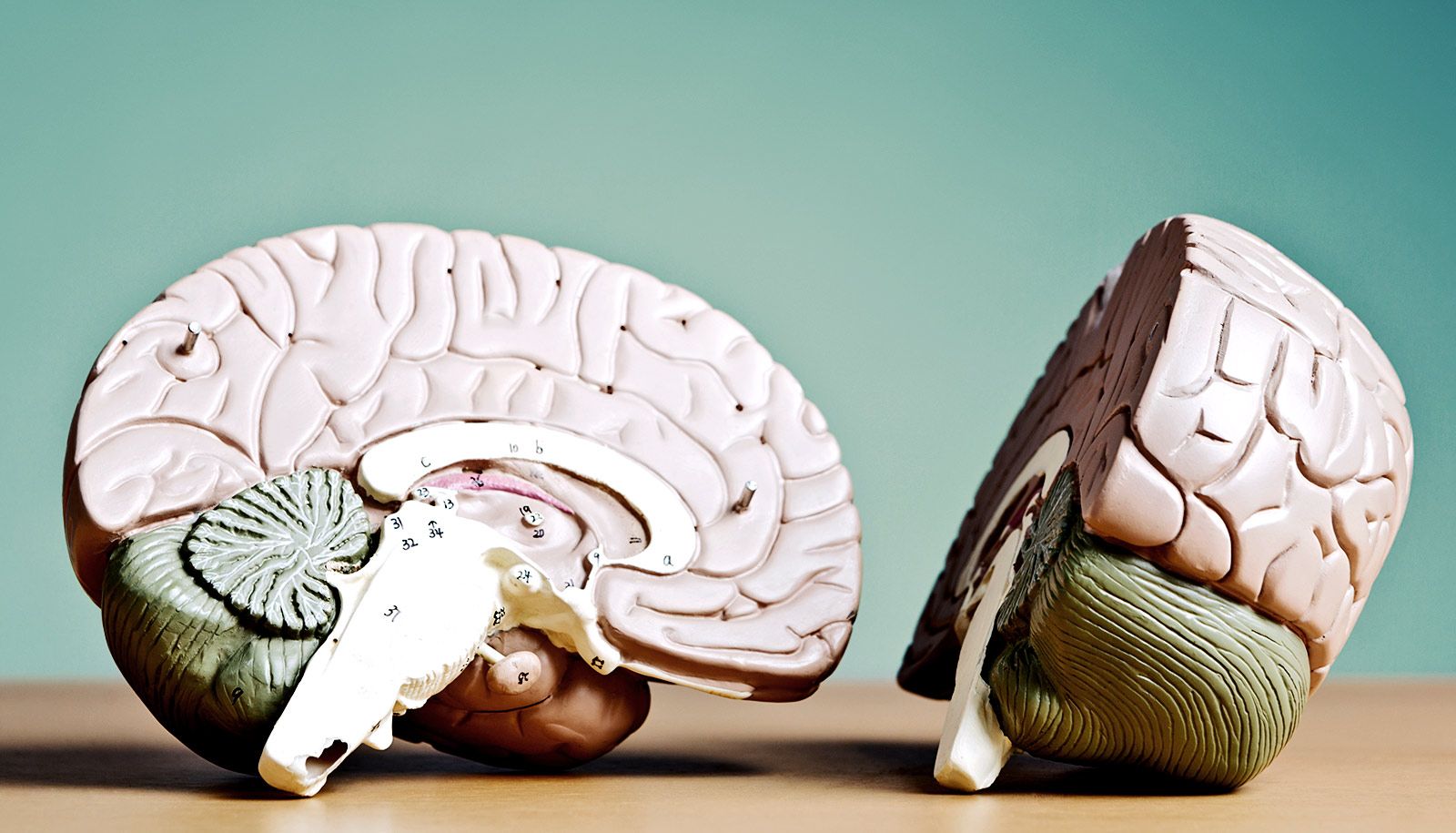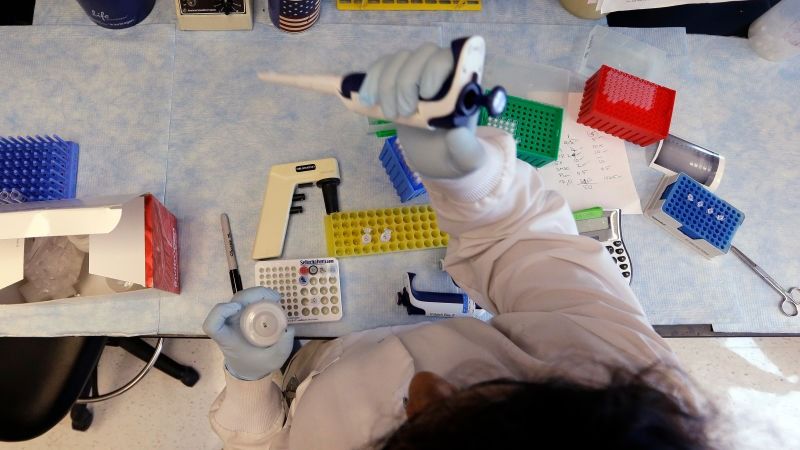Scientists could be one step closer to a solution to atherosclerosis by preventing the buildup of plaques that clog the arteries and lead to strokes and heart attacks.
What is atherosclerosis?
Atherosclerosis is the accumulation of cholesterol-containing plaques in the walls of arteries; this causes them to narrow, leading to reduced blood flow, higher blood pressure, and an increased risk of a heart attack or stroke. Atherosclerosis is the number one cause of death globally, and, by far, the highest risk factor for this disease is aging, although there are lifestyle factors, such as poor diet, smoking, obesity, and being sedentary.

